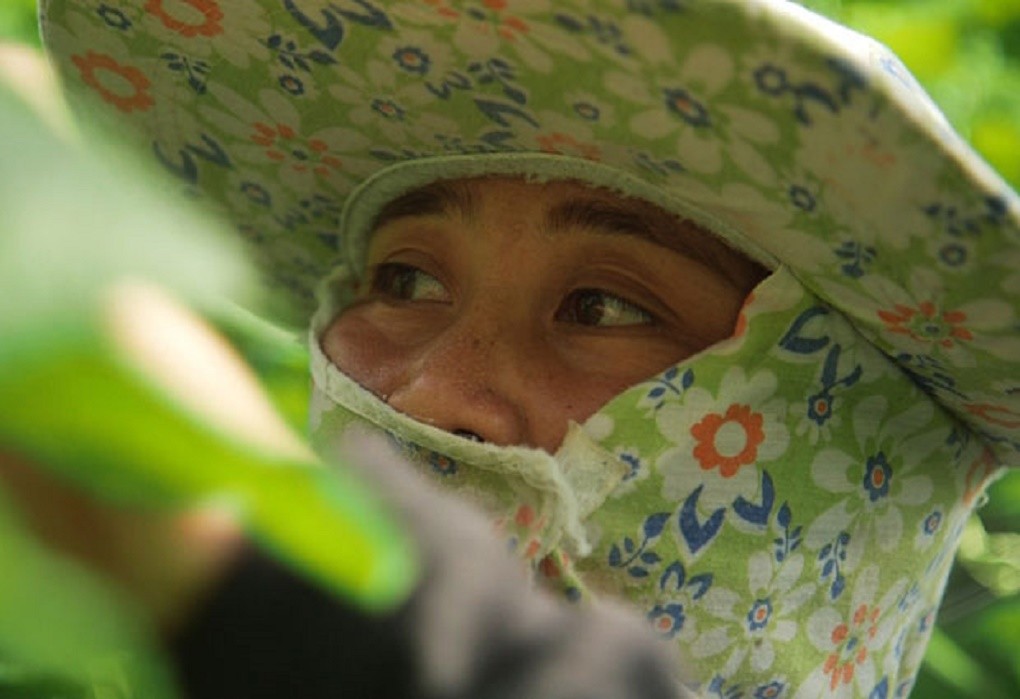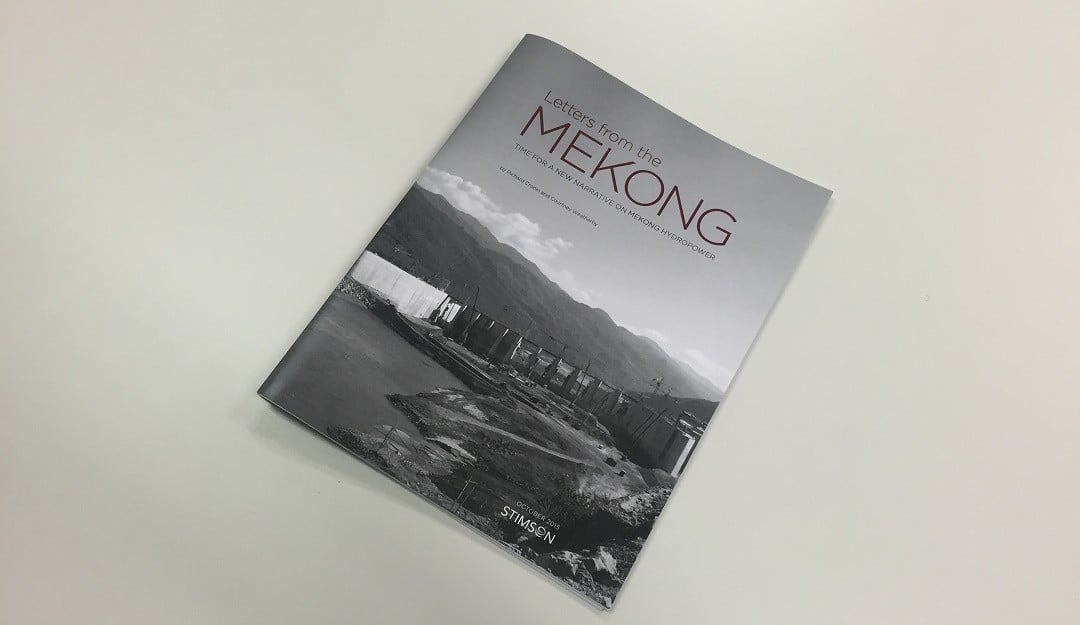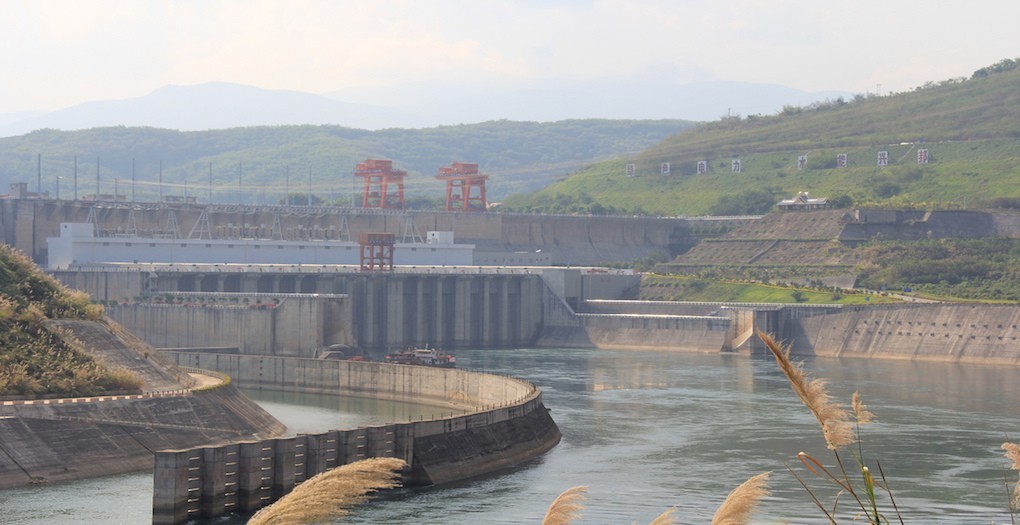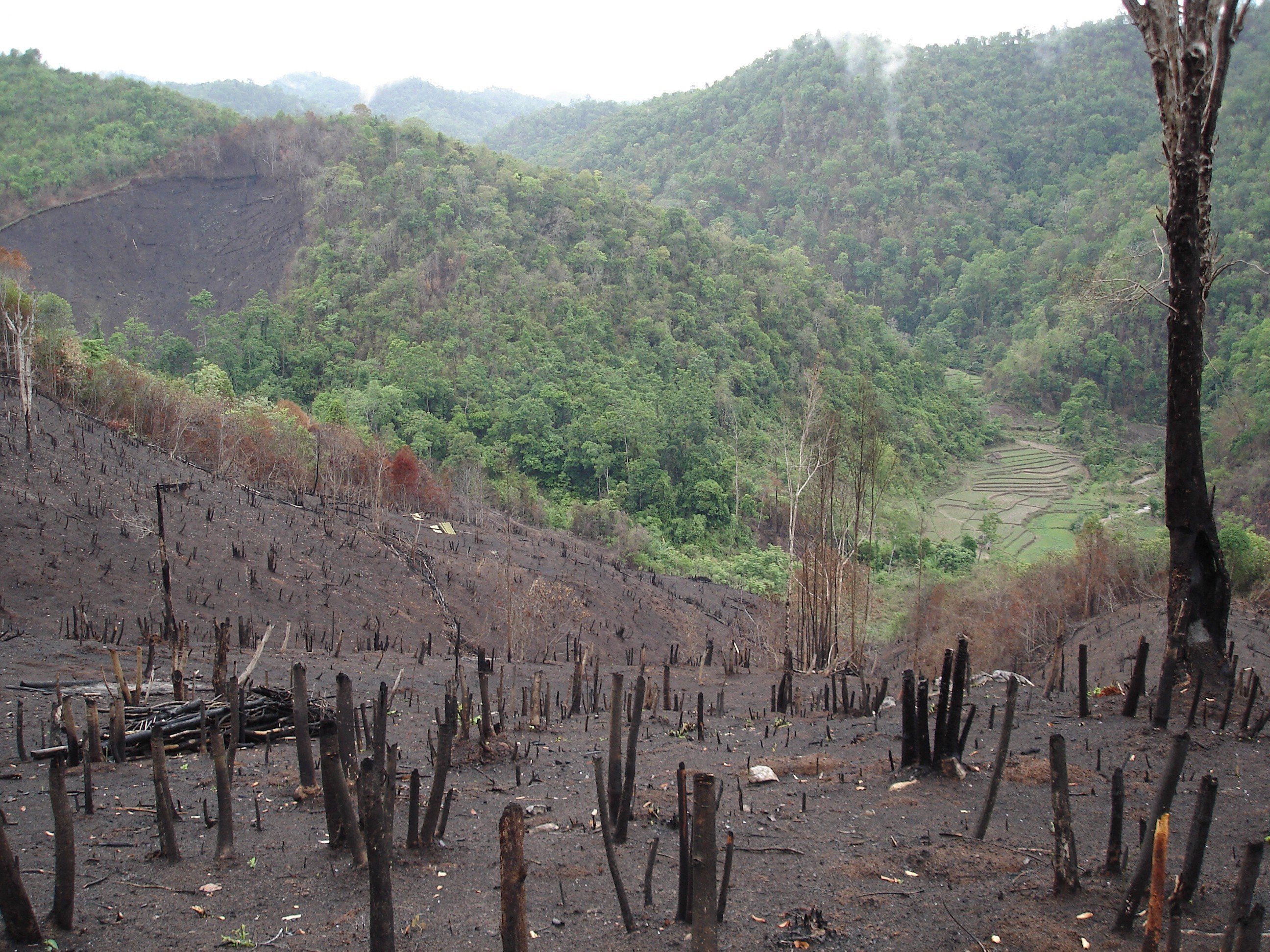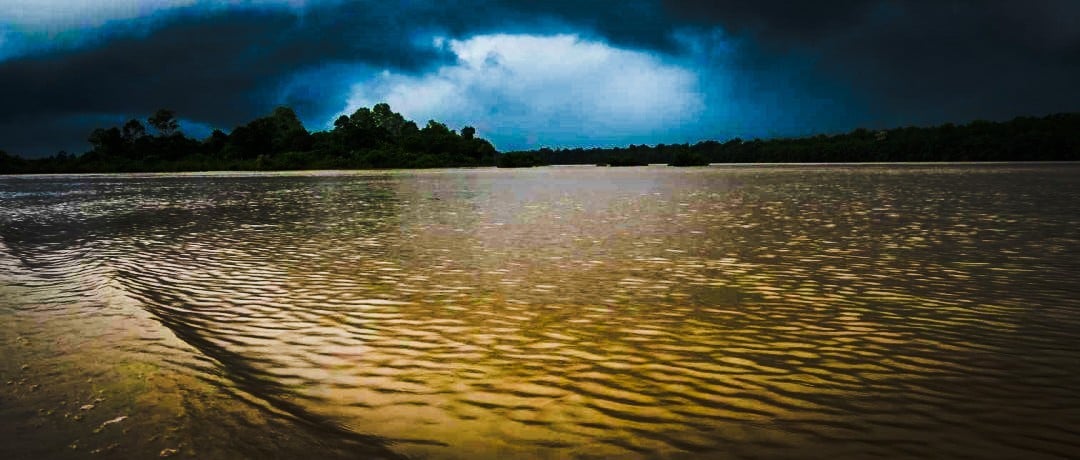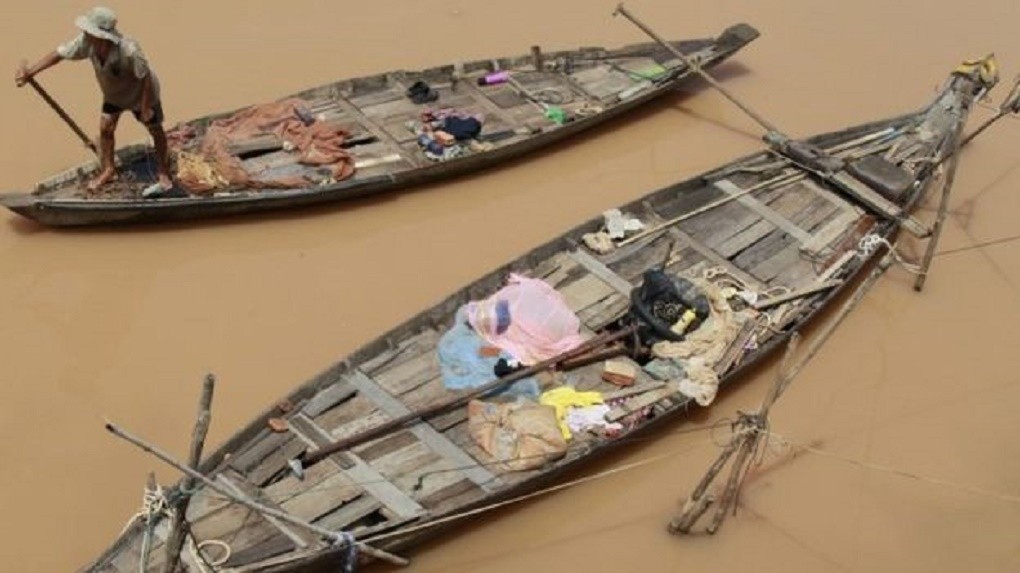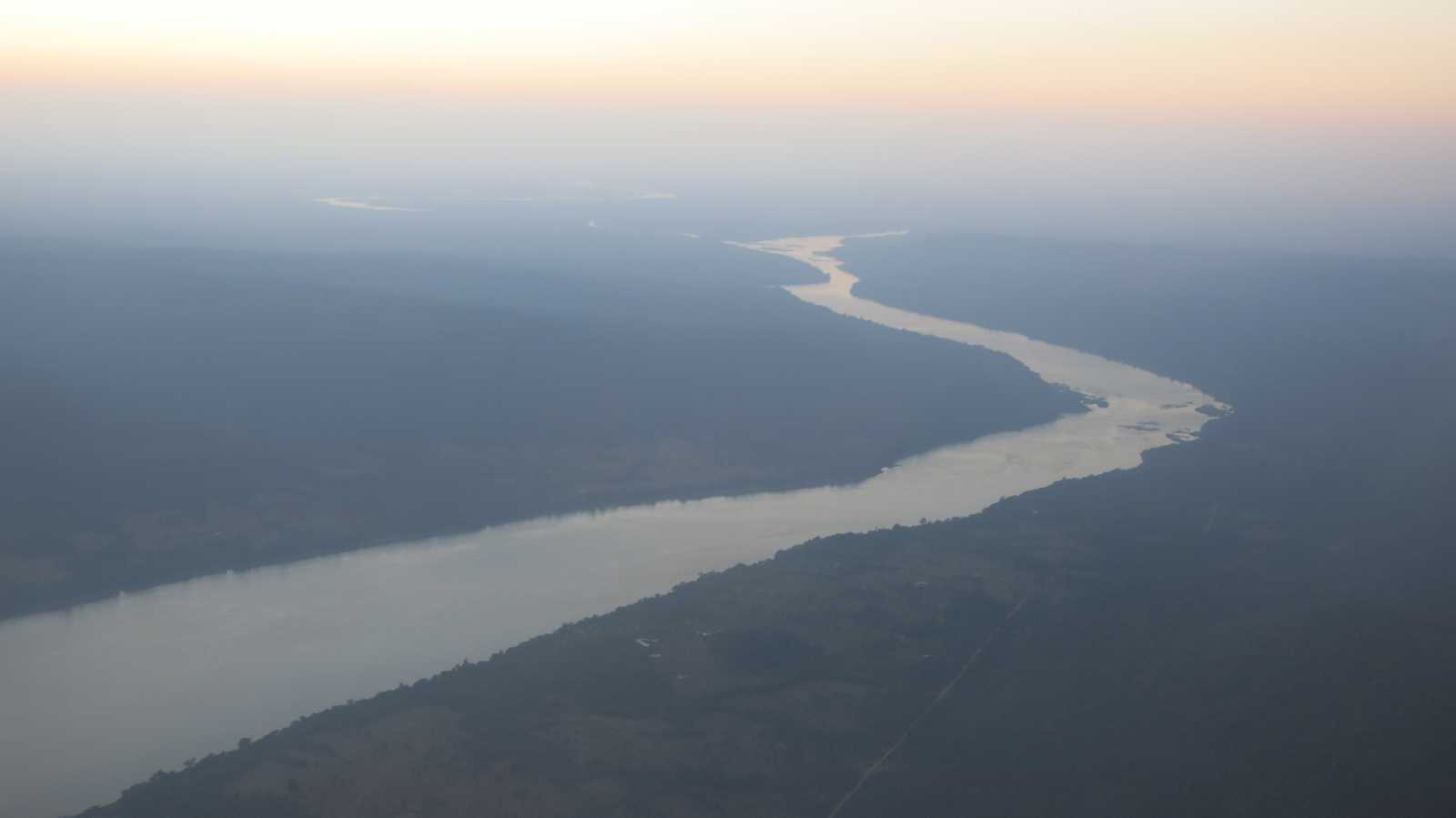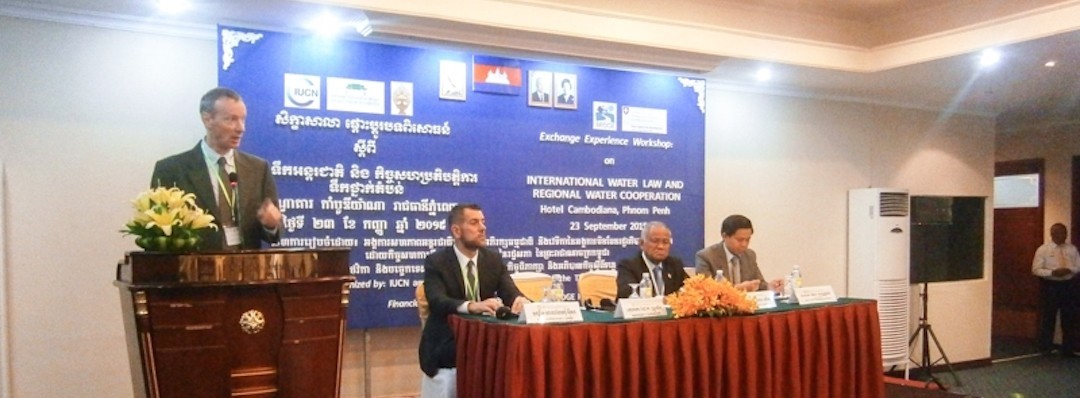The fate of 70 million people rests on what happens to the Mekong river. With world leaders meeting in Paris next week for crucial UN climate talks, John Vidal journeys down south-east Asia’s vast waterway – a place that encapsulates some of the dilemmas they must solve. He meets people struggling to deal with the impacts of climate change as well as the ecological havoc created by giant dams, deforestation, coastal erosion and fast-growing cities
Category: Mekong
China, Mekong countries launch Lancang-Mekong Cooperation framework
The Lancang-Mekong Cooperation (LMC) framework was officially launched on Thursday following talks among senior foreign affairs officials from China, Thailand, Cambodia, Laos, Myanmar and Vietnam in Jinghong, Yunnan Province.
FOCUSING ON THREE KEY AREAS
The Lancang-Mekong River is a natural link between the six countries.
At the first LMC foreign ministers’ meeting, they decided to cooperate in three key areas – politico-security issues, economic affairs and sustainable development, and social affairs and people-to-people exchanges.
At the invitation of Chinese Foreign Minister Wang Yi, Cambodian Deputy Prime Minister and Minister of Foreign Affairs Hor Nam Hong, Lao Deputy Prime Minister and Minister of Foreign Affairs Thongloun Sisoulith, Myanmar Foreign Minister U Wunna Maung Lwin, Thai Foreign Minister Don Pramudwinai, Vietnamese Deputy Prime Minister and Foreign Minister Pham Binh Minh attended the meeting, and Wang Yi and Don Pramudwinai co-hosted the meeting.
In the Mekong Delta: Erosion, Pollution, and Millions of Shrimp
“Wrong way!” Stephen, our driver, shouted at Pablo through the rolled-up window of his 4×4. We had jumped out of the car to take a ferry across the Mekong to the toothbrush-shaped island of Phu Thanh, and apparently Stephen was unimpressed with our door-closing technique. Heedless of the swarms of motorcycles flowing around the vehicle, he engaged the handbrake and got out himself to demonstrate the proper method.
Opening the door and quickly slamming it with exaggerated force, he pointed accusingly at Pablo. “Wrong way.”
Once more he pulled the door open, smiling as he gently closed it with a barely audible click. “Right way.”
Letters From The Mekong: Time For A New Narrative On Mekong Hydropower
This issue brief – the second in Stimson’s “Letters from the Mekong” series – examines the current status of mitigation efforts at Laos’ Xayaburi and Don Sahong dam projects and the relevance of the existing narrative surrounding hydropower development on the river’s mainstream. Based on extensive research on the status and expected impacts of these projects, the authors of this brief have concluded that the current narrative of inevitability surrounding the future of the Mekong is increasingly at odds with what is in fact a very fluid situation. Instead of being the first two of up to nine or eleven mainstream “dominos” to fall, these commercial-opportunity projects are likely to face significantly increasing political and financial risks and uncertainties.
How social can Chinese hydropower dams be?
How dam construction companies deal with the social and environmental impacts of their projects comes down to more than just their own policies, write Johan Nordensvard and Frauke Urban.
Why a tree falls in Brazil when a dam is built in the Mekong
Not only does hydropower development along the Mekong impact on food security, it also pushes land-use changes in other parts of the world. This was shown by visiting researcher Jamie Pittock in a recent Water Dialogues seminar.
Why the Mekong River Commission May Be In Peril
The fallout from the Great Fall in financial markets, equities and currencies is ricocheting through the regional economy and beginning to exact a toll – initially among badly-run companies and poorly-managed government institutions.
Mekong Delta heads for troubled waters
Lush greenery in the lower Mekong region sprawls as far as the eye can see, an illustration of just how fertile the delta is. The endless green fields scored by the river’s nine tributaries, which the Vietnamese call “Nine Dragons”, explain why this area is one of the world’s major food baskets.
It houses the richest inland fishery and accounts for more than a fifth of the world’s rice exports, although looks can be deceptive. Encroaching sea water from the south, a proliferation of hydro dams in the north and large-scale sand mining are endangering the delta, officials warn.
Proper safeguards needed for long-term AEC benefits
Asean countries need to integrate appropriate safeguards to ensure inclusiveness and sustainability in any benefits to be brought about by the Asean Economic Community (AEC), experts said recently.
At a Bangkok symposium on “Shared solutions: Safeguarding sustainable development in the Mekong region”, Venkatachalam Anbumozhi, senior energy economist at the Economic Research Institute for Asean and East Asia, said AEC will propel infrastructure investment in the Mekong region.
Group Proposes Signing UN Water Pact
Environmental groups yesterday urged the government to seek greater legal clarity among the Mekong River countries about how they should share its resources.


